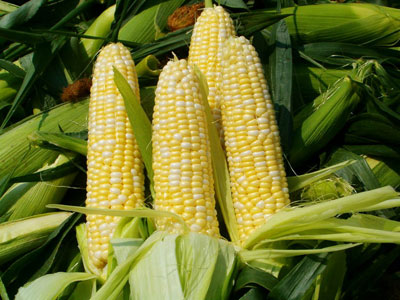From The NY Times Magazine
 William Brinson for the New York TimesThere are two ways to get crab this season. One is beautiful, hard work. It requires only a chicken neck, string, a net and access to coastal Atlantic waters. Tie the string to the neck and dangle it into the shallows where you can see the bait. Here comes Mr. Crab. Here comes Mr. Net. Repeat until you’ve got enough for dinner. Children can do this — and will — until you’ve got enough crabs for two dinners. Steam them and start picking.
William Brinson for the New York TimesThere are two ways to get crab this season. One is beautiful, hard work. It requires only a chicken neck, string, a net and access to coastal Atlantic waters. Tie the string to the neck and dangle it into the shallows where you can see the bait. Here comes Mr. Crab. Here comes Mr. Net. Repeat until you’ve got enough for dinner. Children can do this — and will — until you’ve got enough crabs for two dinners. Steam them and start picking.
The other method is easier and more realistic for the majority of us who don’t live near coastal Atlantic waters: Buy some. For this weekend’s cooking, get picked blue crab — pasteurized, refrigerated Callinectes sapidus, known as the savory beautiful swimmer — at the market, jumbo lump or backfin meat, from an American harvester. The most famous blue-crab fishery in the world is in the Chesapeake Bay, but the crabs are caught north of there and South to Florida waters.
A pound will do for dinner for four, though there are those who can eat a pound alone. These people can catch their own dinner. Crab is expensive. It is also rich.
You might make crab cakes, stretching the meat out with ground crackers or bread crumbs, binding everything with egg. But a higher, better summertime use of crabmeat is to dress it simply and pair the result with greens in a salad, or to warm it in butter and cream, scent it with sherry and serve it with toast.

 Fresh corn on the cob just seems to be a summer tradition for most people. It’s so simple to do, but everyone I know seems to use a different method – grilled, steamed, boiled, microwaved.
Fresh corn on the cob just seems to be a summer tradition for most people. It’s so simple to do, but everyone I know seems to use a different method – grilled, steamed, boiled, microwaved. Gazpacho, what a perfect name for a chilled soup. Ever since hearing of the exotic "gazpacho," I have been intrigued and perplexed by its very foreign name. I came to learn that the soup's roots lie in Andalusia in the southern region of Spain. Gazpacho originated as a cold soup of stale bread, garlic, oil, and vinegar. Once tomatoes were brought from the New World and added to the traditional recipe, the summertime soup became even more refreshing. Over the years the soup has transformed, sometimes omitting bread, and in some tomato-less variations including almonds, cucumbers, and grapes. When I tried gazpacho for the first time, I realized what I had been missing and what I had misconstrued as foreignness was just my lack of knowing how incredibly simple it is to make.
Gazpacho, what a perfect name for a chilled soup. Ever since hearing of the exotic "gazpacho," I have been intrigued and perplexed by its very foreign name. I came to learn that the soup's roots lie in Andalusia in the southern region of Spain. Gazpacho originated as a cold soup of stale bread, garlic, oil, and vinegar. Once tomatoes were brought from the New World and added to the traditional recipe, the summertime soup became even more refreshing. Over the years the soup has transformed, sometimes omitting bread, and in some tomato-less variations including almonds, cucumbers, and grapes. When I tried gazpacho for the first time, I realized what I had been missing and what I had misconstrued as foreignness was just my lack of knowing how incredibly simple it is to make. A friend of mine from NYC called the other day to ask which pie bakery I preferred. He had guests from Norway stopping by that afternoon for coffee and wanted to offer them a slice of “American pie”.
A friend of mine from NYC called the other day to ask which pie bakery I preferred. He had guests from Norway stopping by that afternoon for coffee and wanted to offer them a slice of “American pie”.

